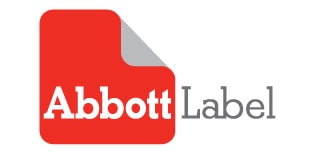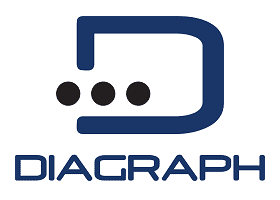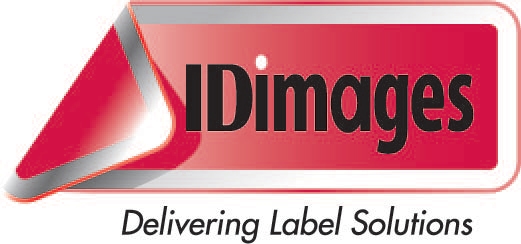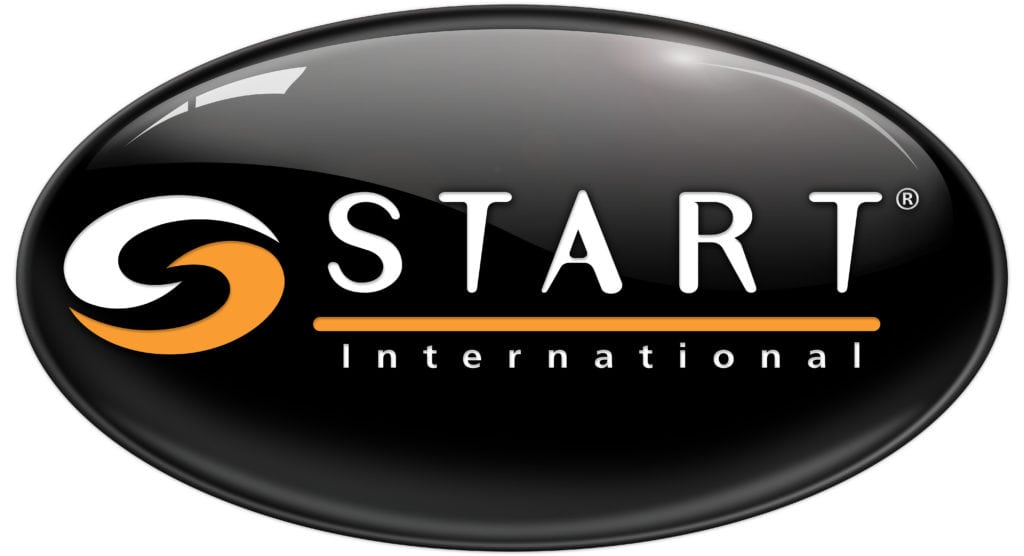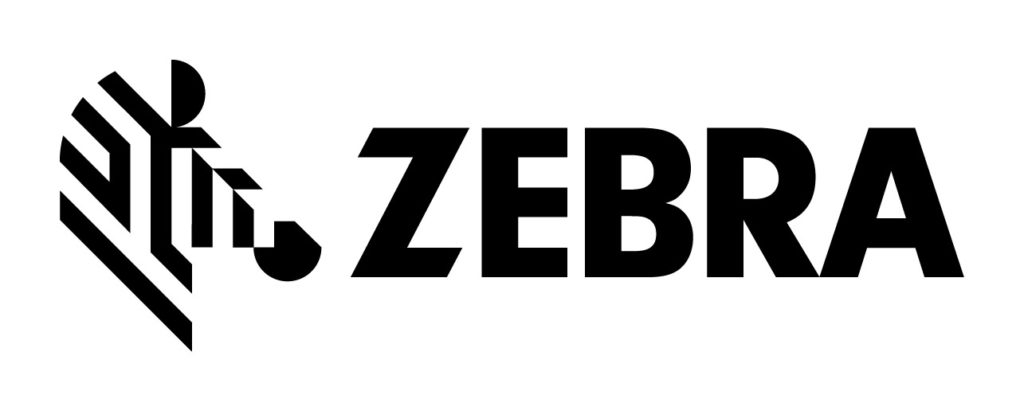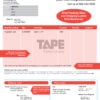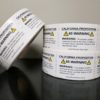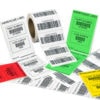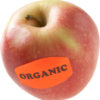Labels, Marking and Coding
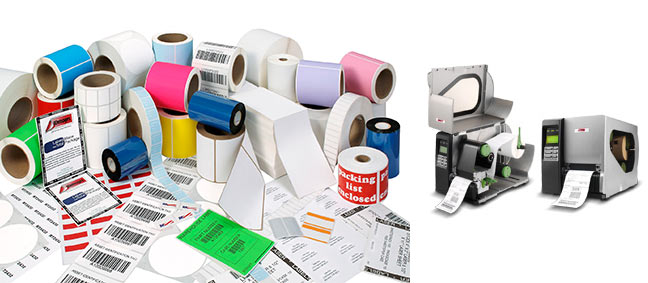
What is Marking, Coding, and Labeling?
Marking and coding refer to various forms of technology used to apply an identifying mark or code to a product, which includes barcodes, serial numbers, best by dates, and more.
Industrial labeling is the display of information about a product on a packaging label, either on the container, package, or product itself. What is commonly communicated through labeling includes track and trace information, product usage instructions, product features, the manufacturing company, disposal information, etc.
There are three levels in the packaging industry — primary, secondary, and tertiary packaging. Primary packaging is the main package that comes into direct contact with the product itself as well as the branded packaging that consumers see on shelves. Secondary packaging contains the branded packaging that consumers see on shelves, and tertiary packaging includes large shipping containers and pallets for warehousing and storage. Different marks, codes, and labels are applied to each level of packaging to enhance traceability and identification.
Types of Marking, Coding, and Labeling Applicator Systems
TPC Packaging Solutions can help you make labeling and marking easier by supplying you with a variety of dispensers and applicators.
Our product selection includes:
- Print and Apply In-Line Labeling Systems: These systems automatically create and adhere unique product packaging labels or identification to packaging of all shapes and sizes on a conveyor line. These systems are extremely precise and efficient, resulting in increased throughput rates.
- Pre-Print Label Applicators: Label applicators are systems that apply pre-printed, pressure-sensitive labels onto packages or products in a variety of configurations. It is an efficient and time-saving alternative to manual application processes.
- Continuous Inkjet Printers (CIJ): Continuous inkjet printers are (pressurized) small character printers that can print very small characters at a high rate of speed. They can print on a variety of surfaces and meet coding demands in challenging applications. They require two fluids (ink & solvent) that keep the electrically charged fluid viscous.
- Large Character High-Resolution Printers: Large character print systems (1” up to 4” in character height) have the capability to directly print barcodes, logos, and high-resolution graphics onto a corrugate (porous) substrate. They are most commonly set up to print on surfaces in a perpendicular or downward configuration. Their controllers are rich in benefits in that they allow the customer to also print date/time, shift codes, expiration dates, and serialization, in addition to being able to accept information from databases if needed.
- Thermal Jet Printers: These printers utilize Hewlett Packard inkjet cartridges and give the end-user the capability of direct printing of barcodes, graphics, and alphanumeric print on both porous and non-porous substrates at up to 600 dpi. This technology is looked upon favorably due to its low maintenance costs and ease of use. Depending on production line speeds and environmental factors, these printers can be used in both primary and secondary packaging applications.
- Laser Coders: Laser coders use a concentrated light beam from a compressed gas or fiber optic source to create a permanent mark on primary packages made of glass, chipboard, foil, or plastics. Laser coders can be automated to code products moving at high speeds or in a stationary configuration.
- Thermal Transfer Labels & Ribbons: This label printing method uses ribbons that pass beneath a heated printhead, softening the ink to allow easy transfer to the label or package.
- Direct Thermal Labels: These are characterized by a clear, heat-sensitive coating. The printhead applies localized heat to the material, causing it to turn black through a chemical reaction.
- RFID Labels: These labels are a modern way of tagging and tracking consumer products while monitoring inventories and handling other applications. They use radio waves to send and collect information, allowing for easy tracking, logging, and inventorying through computer systems.
- Custom-Printed Labels: With the ability to be created in any color, size, or shape, custom-printed labels are the most versatile printing option. They are compatible with a diverse range of materials, adhesives, and coatings.
- Specialty Application Inks: This wide array of inks gives packages a variety of application-specific options that could include pigmented, chromatic, or UV security inks.
- Semi-Automatic Label Applicators: Semi-automatic systems, which are usually used in the application of a label to a primary package, require an operator to manually load the package onto a platform or jig, and then activate the labeling process through either a hand or footswitch. These are very popular in low volume applications that need to apply a label to a round bottle or tube or to apply a label to a flat pouch
The Importance of Marking, Coding, and Labeling
Labeling, marking, and coding plays a critical role in the supply chain process. The packaging process will require product identification, creation and expiration date coding, lot/batch track and traceability, and hazardous material warnings. In the supply chain, labeling and coding products are essential to prevent the loss, damage, or mishandling of shipped materials.
Manufacturers often use labels for:
- Shipping: Marking and labeling shipped goods helps to indicate the type of material being transported to the shipper. If hazardous materials are contained in the shipment, shippers must be made aware to facilitate proper handling.
- Marketing Messages & Brand Awareness: Labels provide important product information, but they also attract consumers through the use of unique graphics and bold colors. Creative labeling can help your brand stand out from the competition.
- Tamper Evidence: Often used on medications and food or hygiene products, safety labels can indicate if a product has been tampered with. This protects consumers from any potentially harmful effects of tampering.
- Sequential Numbering: Sequential numbering is often used in barcode labeling or inventory tagging. It is a strategic way to easily manage your inventory.
- Special Promotions: Variable markings can be used to further engage your customer base through special promotions such as contests, loyalty programs, coupons, flyers, and more.
- Identification: Strategically marking products allows manufacturers to easily identify and track products from production to distribution. This allows for higher quality feedback and the ability to pinpoint product issues should they arise.
- Ingredients: Food products require ingredient labels to be included to provide consumers with information about the ingredients in the products they purchase. These labels display information regarding allergens, additives, GMOs, and more.
We offer quality products from:
Choose Marking, Coding, and Labeling Products at TPC Packaging Solutions
Product identification involves the use of coding, marking, and labeling packages to enhance efficiency, traceability, and brand protection. At TPC Packaging Solutions, we leverage new ideas and are committed to being a valued partner to our clients. We optimize operations by offering selected corporate rebates and product-specific loyalty programs.
If you need Label Applicators or are curious how labels and applicators can improve your shipping process, then contact us here or a 800.543.4930. One of our TPC representatives will be happy to help you optimize your company’s shipping process.
Labels, Coding and Marking Gallery
Click on the images below to enlarge.

